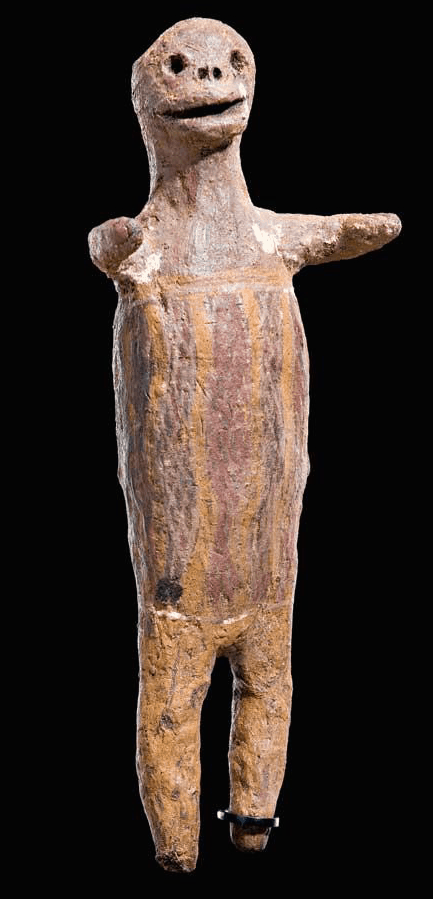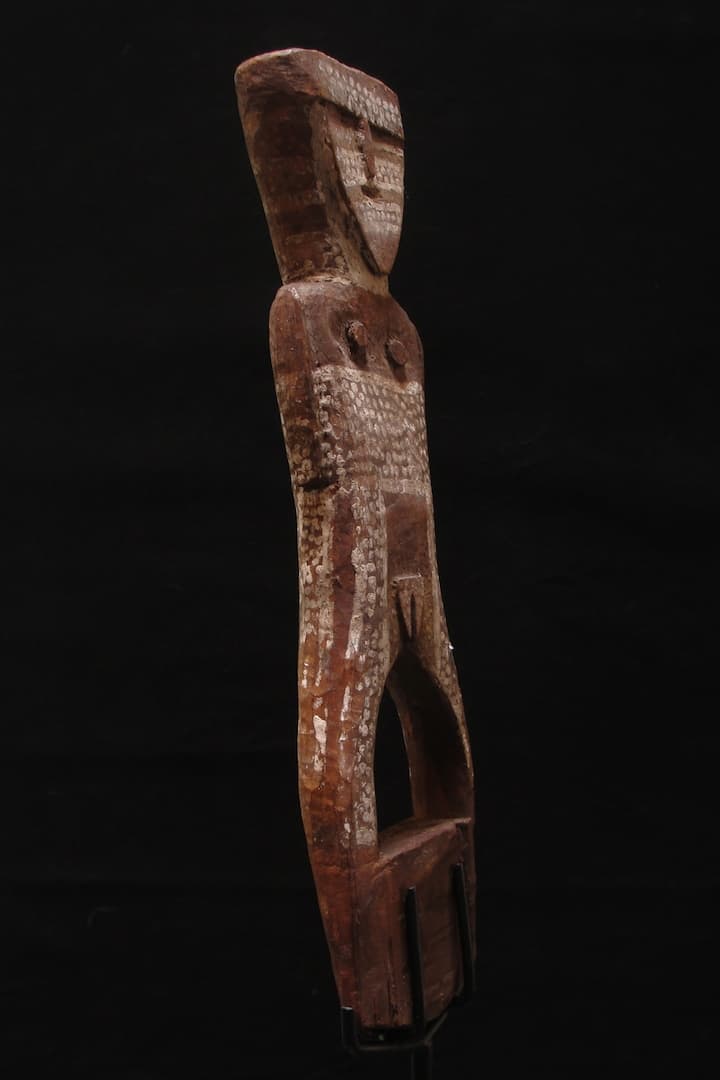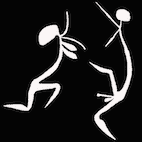Aboriginal Sculpture Value: A Collector’s Guide to Assessing Worth
Aboriginal Sculpture Value
Determining the value of Aboriginal sculpture requires more than a glance—it demands cultural insight, market expertise, and an understanding of the artist’s significance within the broader canon of Australian Indigenous art. While some Aboriginal sculptures command tens of thousands of dollars at auction, many are valued under $1,000. Identifying where your piece sits on this spectrum begins with understanding what drives the market.
This guide is designed to help collectors, owners, and enthusiasts accurately assess the value of Aboriginal sculptures—whether carved from wood, stone, or earth pigments—by evaluating artist, condition, provenance, and market demand.
If you own an Aboriginal sculpture and would like a professional, informal assessment, I offer free evaluations. Please send clear images of the front, back, sides, and close-ups of any inscriptions or damage. I may request to include the work in my reference archive to support other collectors and researchers.


How Much Is an Aboriginal Sculpture Worth?
Aboriginal sculpture values typically range from $200 to $50,000 AUD, depending on the artist, rarity, subject matter, medium, and condition. However, it’s important to note:
- Most Aboriginal sculptures are worth less than $1,000 but can be worth unto 50,000.
- High-value works are generally by recognised artists with a track record of gallery or auction sales.
- Collectors are selective. They often seek specific artists and prefer pieces in excellent condition with clear provenance.
Factors That Influence Aboriginal Sculpture Value
- Artist Recognition
Aboriginal sculptures by renowned artists—such as Crusoe Kuningbal, Philip Gudthaykudthay, or Lorrkon masters from Arnhem Land—attract significantly higher prices. I maintain a proprietary database of artists whose works have sold for over $1,000. - Condition
Flaking ochres, insect damage, or repairs can significantly reduce value. Sculptures in pristine condition, particularly those with intact pigment and no restoration, are the most sought after. - Provenance
Works with documented history—such as inclusion in exhibitions, publication in books, or origin from significant collections—tend to perform better in the market. - Subject Matter and Style
Figures depicting ancestral beings, mimih spirits, or ceremonial poles (Lorrkon) are generally more desirable than utilitarian carvings. Works in traditional styles with spiritual significance also carry premium value. - Material and Scale
Large, finely executed sculptures carved from native hardwoods, such as stringybark or ironwood, are often more valuable than smaller or simpler carvings.
Where You Sell Impacts Aboriginal Sculpture Value
Selling location and method can significantly influence final price:
- Australia: Best-performing market, especially when sold through private Aboriginal art specialists.
- United Kingdom & United States: Often lower returns due to shipping restrictions, fumigation requirements, and the lack of local expertise.
- Online platforms: High exposure but variable results depending on platform, photography, and buyer confidence.
Unsold sculptures at auction (especially those that fail to meet reserve) may be perceived as less desirable, and this can negatively impact future valuations.
How I Estimate Aboriginal Sculpture Value
When assessing a sculpture, I follow a multi-step process:
- Is it an Aboriginal or African or Asian or even a New Guinea sculpture?
- Identify the artist, region, and style. Is it a Tiwi Sculpture or from Central Arnhem Land. Which artist? Is it by Mani Luki or which artist?
- Compare with similar works recently sold at auction or through private sales.
- Evaluate condition, scale, material, and subject matter.
- Account for market trends, including current demand and collector interest.
This allows me to provide a realistic estimate based on past results and today’s market conditions. For serious collectors or institutions, I also offer certified written valuations suitable for insurance or estate purposes—please contact me for details.
Buying and Selling Aboriginal Sculpture
When purchasing, I apply the same criteria as a gallery or auction house:
- On lower-value sculptures, which may be slower to sell, I require a broader margin to cover costs.
- For exceptional pieces, particularly those by significant artists or with strong provenance, I may offer close to market value, especially if acquiring for my personal collection.
If you are looking to sell a sculpture or simply wish to understand its value, I welcome your enquiry.
If you enjoyed this article you may also enjoy

